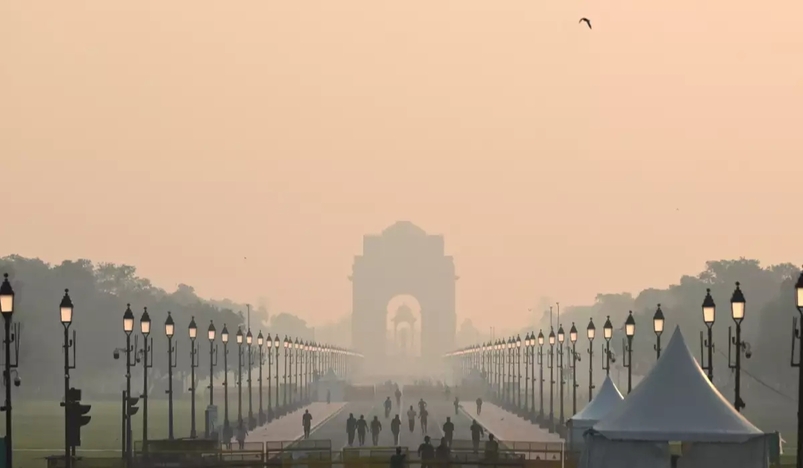
New Delhi, India – The residents of India’s capital found themselves struggling to breathe on Wednesday as a thick, toxic smog enveloped the city, with pollution levels surpassing the World Health Organization’s recommended daily limit by more than 50 times. For many of the 30 million inhabitants, air filters are unaffordable, and homes lack the insulation needed to shield against the pervasive, hazardous air—conditions contributing to thousands of premature deaths each year.
Each winter, from mid-October through January, cooler temperatures and stagnant winds trap deadly pollutants over the city. Monitoring data from IQAir reported "hazardous" air quality on Wednesday morning, with PM 2.5 pollutant levels in certain areas peaking at 806 micrograms per cubic meter—53 times higher than the WHO’s safe limit for these dangerous particles that can penetrate the lungs and enter the bloodstream. Even by midday, levels in various districts remained 25 to 35 times above the WHO guideline.
Delhi’s persistent air crisis is largely attributed to seasonal stubble burning by farmers in neighboring states, as well as traffic and industrial emissions. Bikramjeet Singh, a 25-year-old environmental health safety manager, described breathing in Delhi as akin to "smoking cigarettes" and expressed concern for vulnerable groups like the elderly and those with respiratory conditions such as asthma.
According to a recent investigation by The New York Times, the city’s landfill power plant, which incinerates mounds of garbage, is also a major source of toxic emissions. The report, which included data from five years of air and soil samples, revealed alarming levels of heavy metals released by the plant.
The smog has impacted northern India’s air travel as well. The India Meteorological Department reported that 18 regional airports had visibility of less than 1,000 meters, with visibility dropping below 500 meters in Delhi, causing multiple flight delays.
India’s Supreme Court ruled last month that clean air is a fundamental human right, directing the central and state governments to act. Yet, political discord has hindered significant progress. Regional leaders are reluctant to enforce stricter measures that might alienate important voting groups, such as influential farmers.
Despite various pollution control efforts, including government trucks spraying water and a recent drone initiative aimed at misting polluted areas, critics have described these as “band-aid” solutions that offer only temporary relief.
The WHO warns that air pollution is a leading cause of heart disease, strokes, lung cancer, and respiratory illnesses, with children, the elderly, and people with preexisting health conditions most at risk. A study published in The Lancet in 2019 attributed 1.67 million premature deaths in India to air pollution, highlighting the severe public health toll.
Meanwhile, researchers from the Global Carbon Project have reported that 2024 will see record-high fossil fuel emissions globally. Rising CO2 emissions from India and increases in international aviation are among the key contributors, indicating a lack of progress in the global shift away from fossil fuel reliance.
.jpg)
Qatar Secures Place Among the World's Top 10 Wealthiest Nations
.jpg)
Hamad International Airport Witnesses Record Increase in Passenger Traffic

Saudi Arabia: Any visa holder can now perform Umrah

What are Qatar's Labour Laws on Annual Leave?
Leave a comment